Small Bugloss
Information
Anchusa Arvensis - Boraginaceae Family - Annual
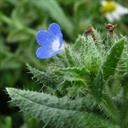
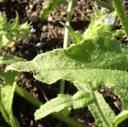
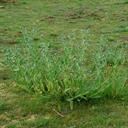
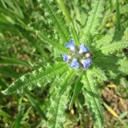
Identification
- Flowers: Flowers are 5-lobed, small, and light blue. They have a relatively large white center.
- Seeds: Seeds are produced in four nuts produced from each flower. Each nut contains several hundred seeds. The seeds can remain viable for years before germinating under suitable conditions.
- Leaves: Leaves are 1-2 inches long with toothed margins covered in spiny hairs.
- Flowering Time: Small Bugloss flowers from June to August.
- Life cycle: Small Bugloss is an annual that germinates in mid spring, grows up to 24 inches tall, flowers between June and August, and dies back in the fall in preparation for winter.
Impacts
- Small Bugloss germinates in early spring and gains an advantage over most native vegetation by establishing itself first in any environment it occupies.
- Due to its extensive taproot, it is difficult to kill Small Bugloss through most means.
- Small Bugloss is toxic to most livestock, reducing viable forage.
Control
Most effective control methods
- Small Bugloss can be controlled by regular cultivation, although this approach is most effective on small infestations. Special care must be taken to remove the entire taproot system. Cultivation is most effective when done prior to flowering, as the seeds can remain viable for several years after production.
- Small Bugloss is toxic to most livestock making control through grazing impossible. There are currently no traditional biocontrol agents approved to combat it in the US.
- Chemical control can be effective in controlling Small Bugloss if it is applied in early spring while the plant is still in its rosette phase. The key to herbicide control has been shown to be thorough careful, thorough leaf coverage spraying.
Large Images
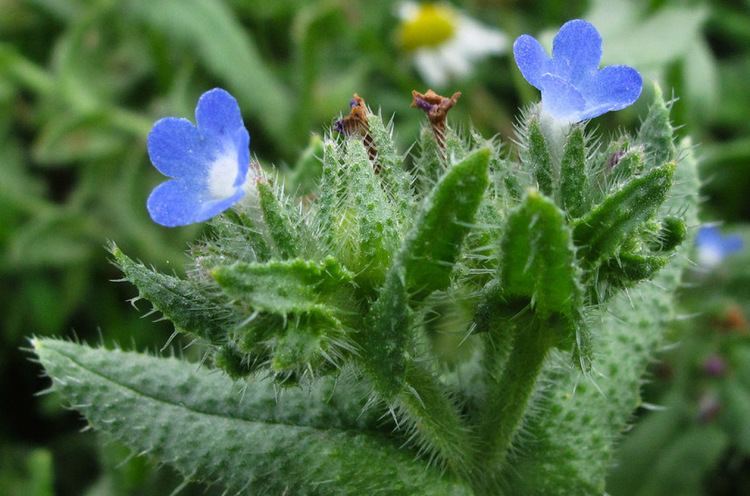
Small bugloss: flowers
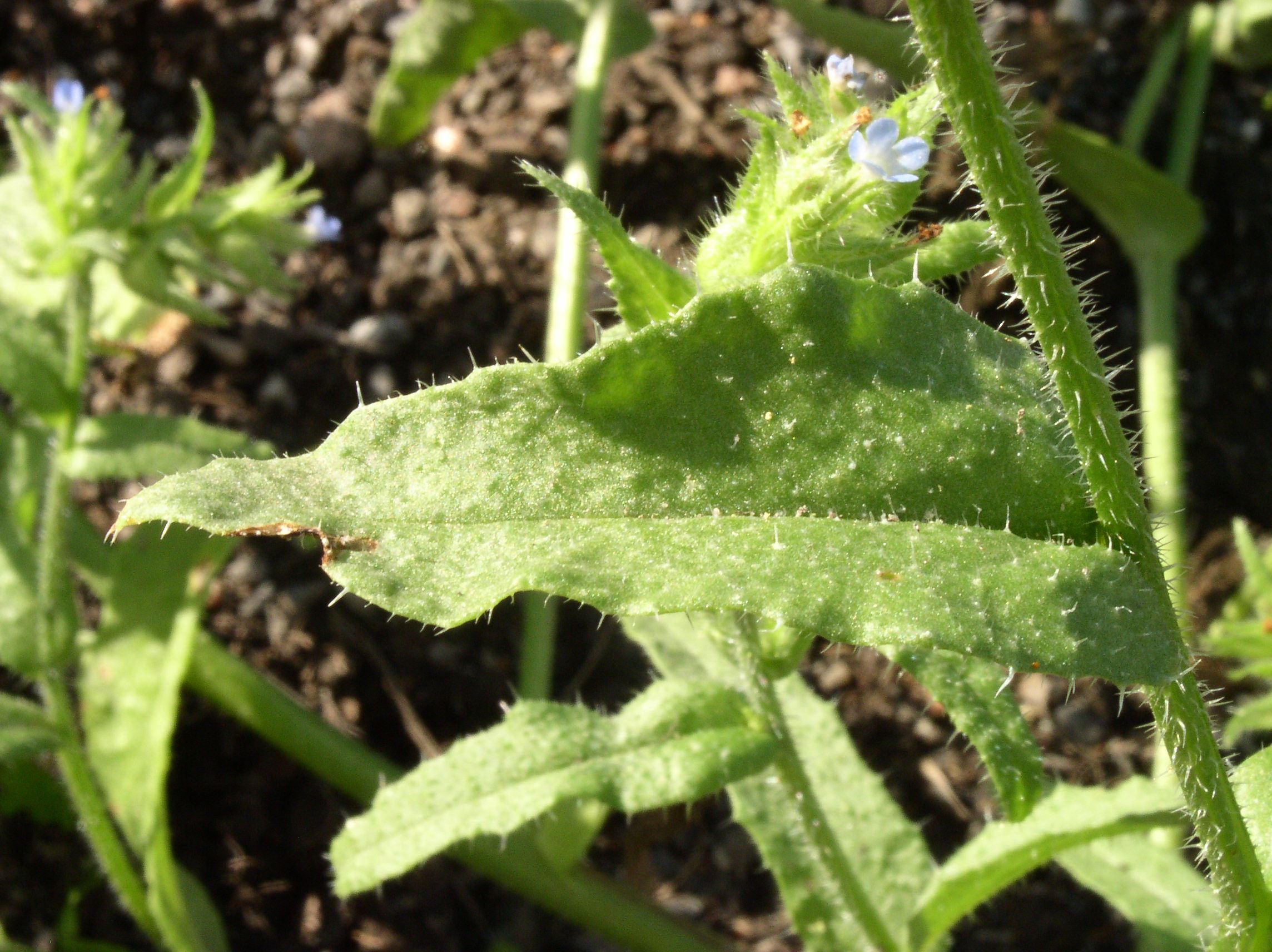
Small bugloss: foliage
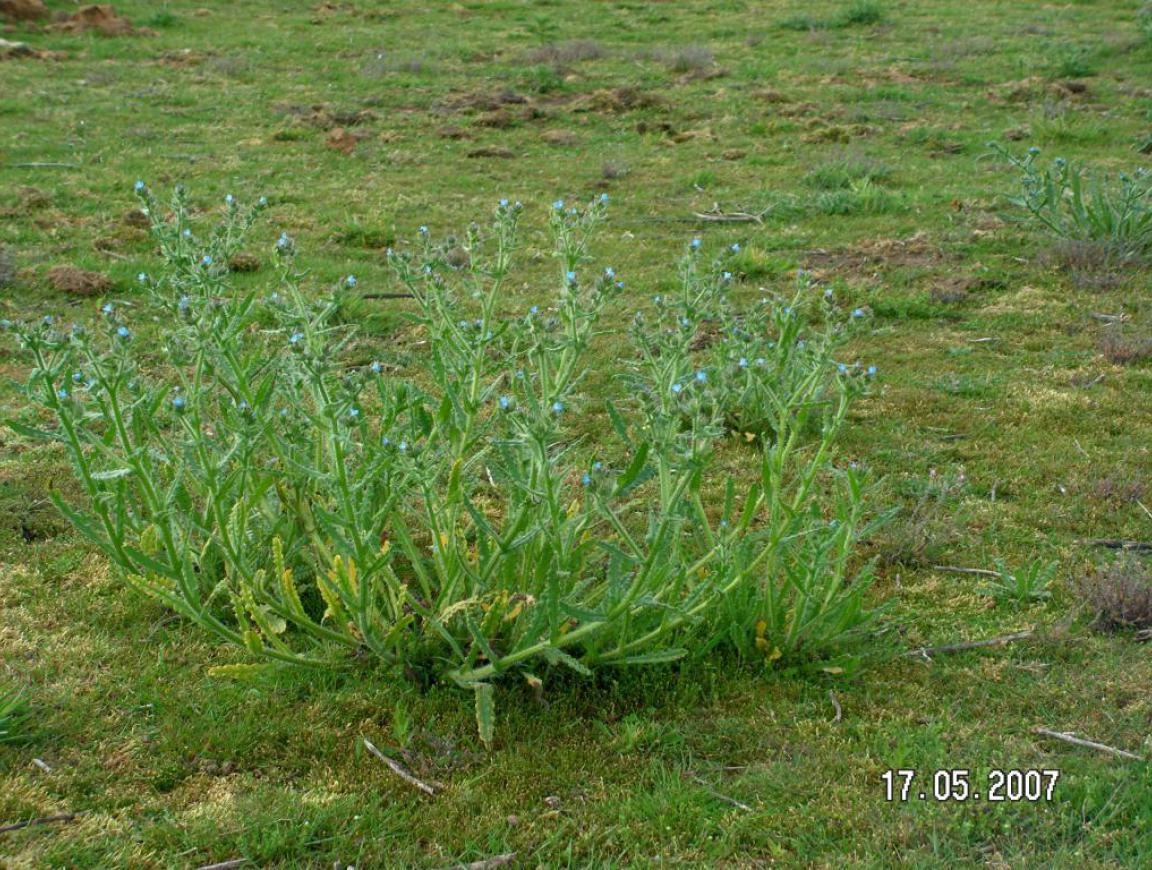
Small bugloss
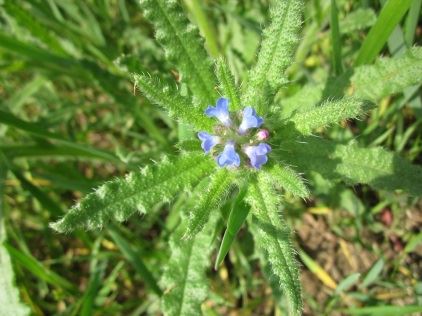
Small bugloss: flowers
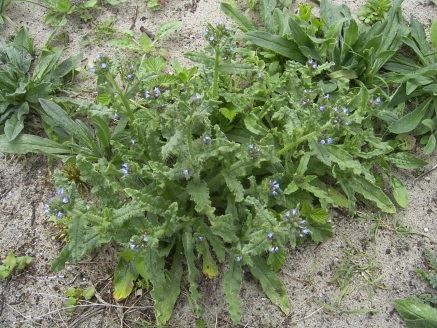
Small bugloss
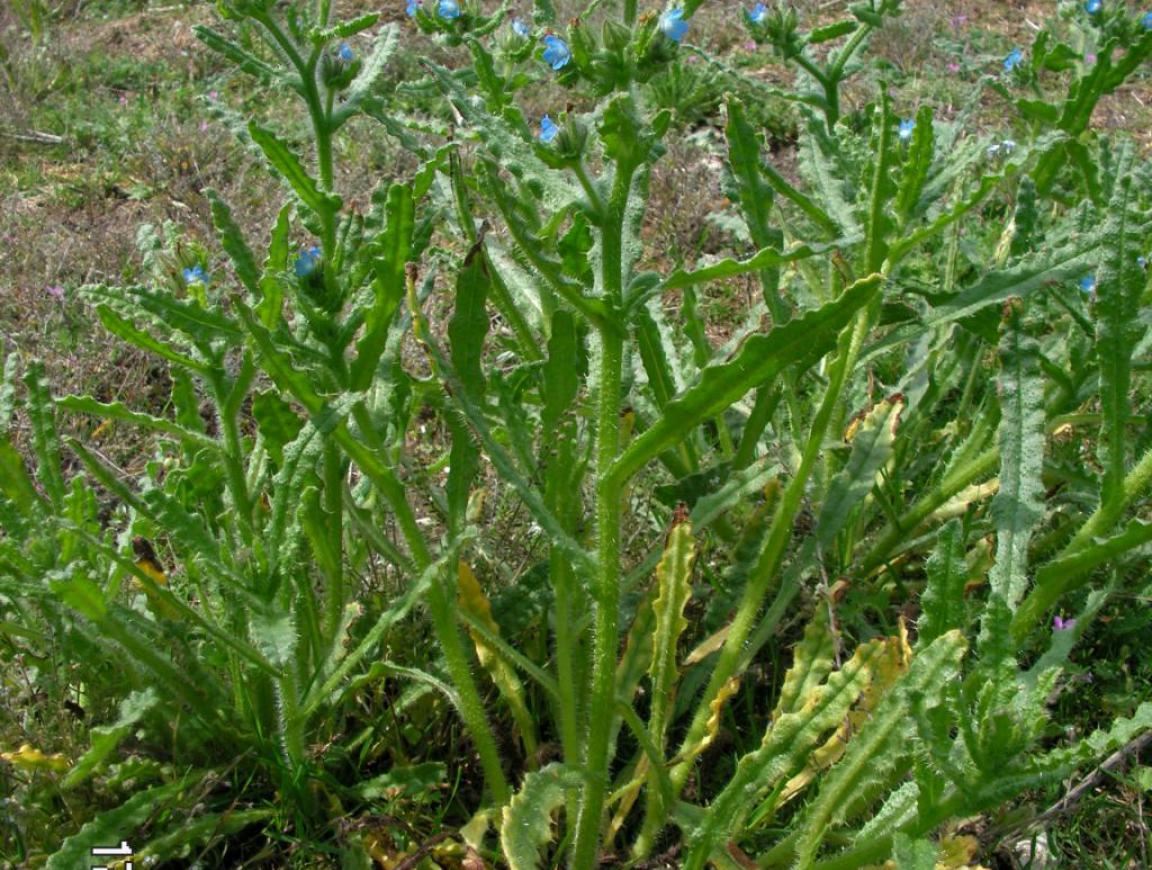
Small bugloss: flowers and foliage
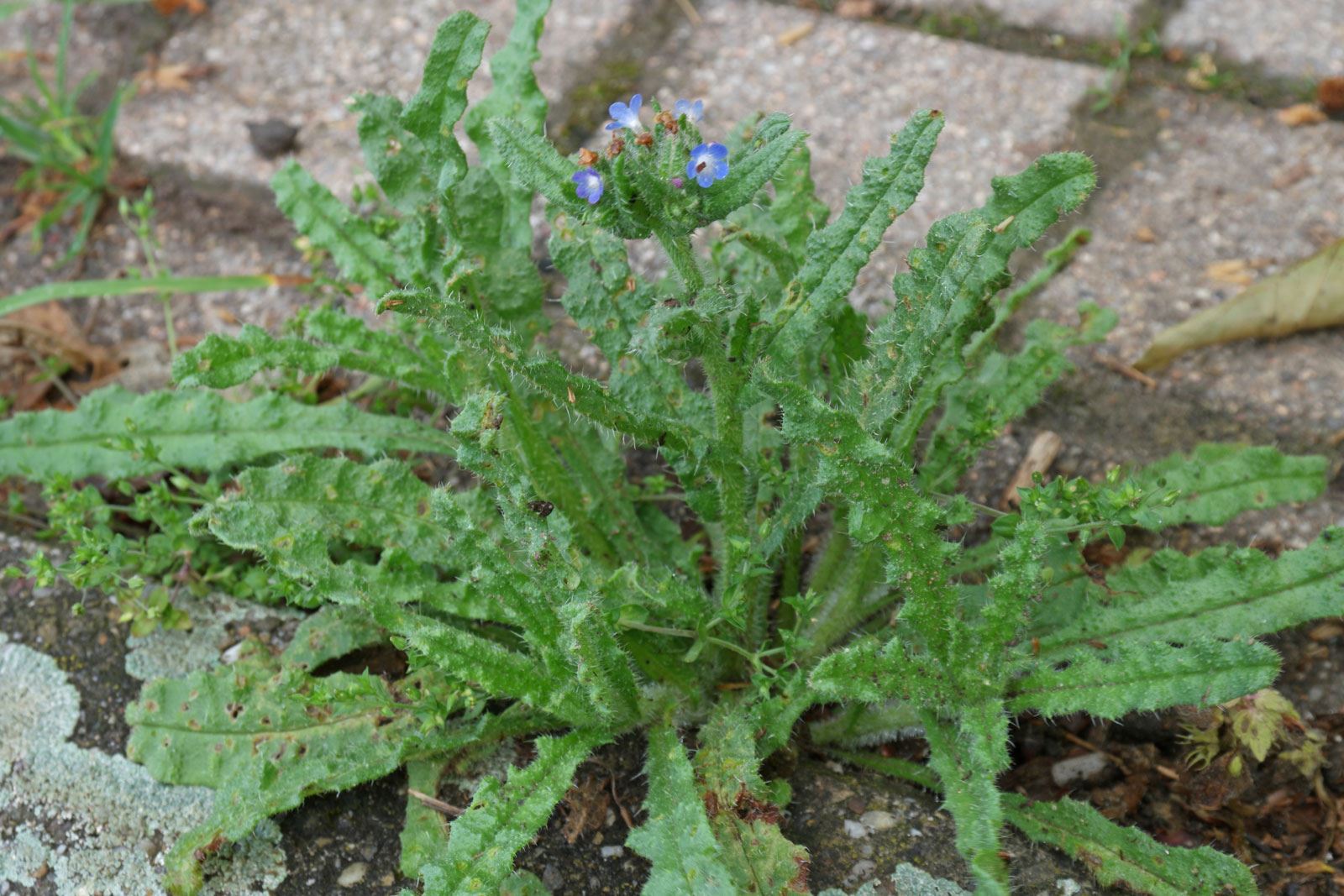
Small bugloss: flowers and foliage
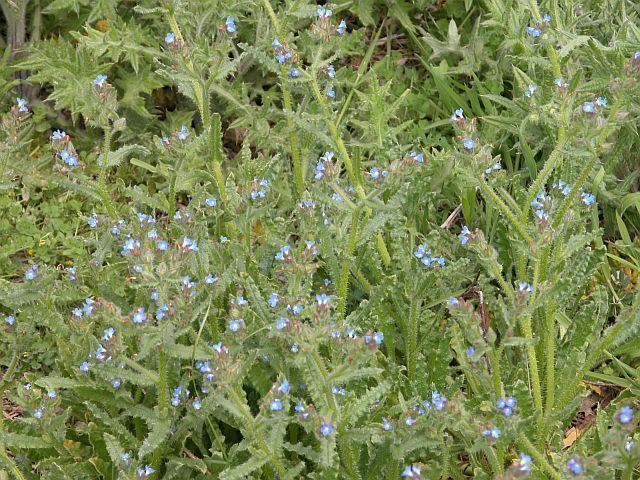
Small bugloss: infestation
Resources
-
References
Kootenai County Noxious Weed Control. Common bugloss (Anchusa officinalis) and small bugloss (Anchusa arvensis) [PDF file]. Retrieved from http://www.kcweeds.com/accounts/kc_weeds/data_documents/109/files/common-bugloss-small-bugloss.pdf View PDF
Lincoln County Noxious Weed Control Board. Common & annual bugloss: options for control [PDF file]. Retrieved from https://www.co.lincoln.wa.us/weedboard/wp-content/uploads/sites/4/2016/04/COMMON-BUGLOSS-BROCHURE.pdf View PDF




